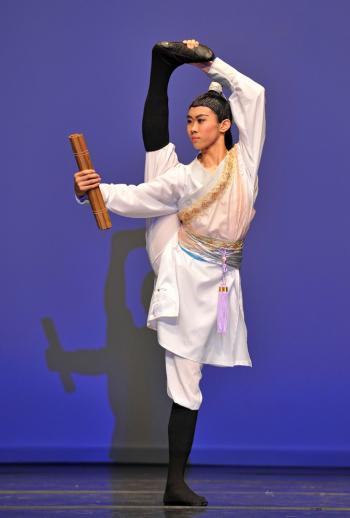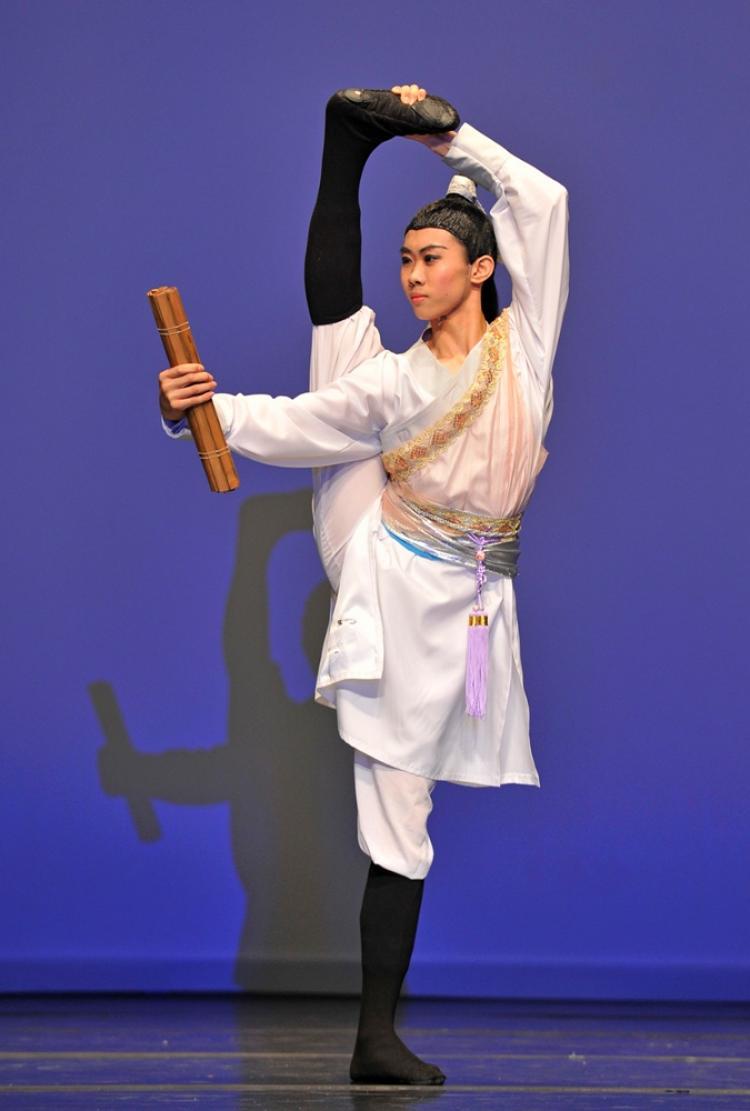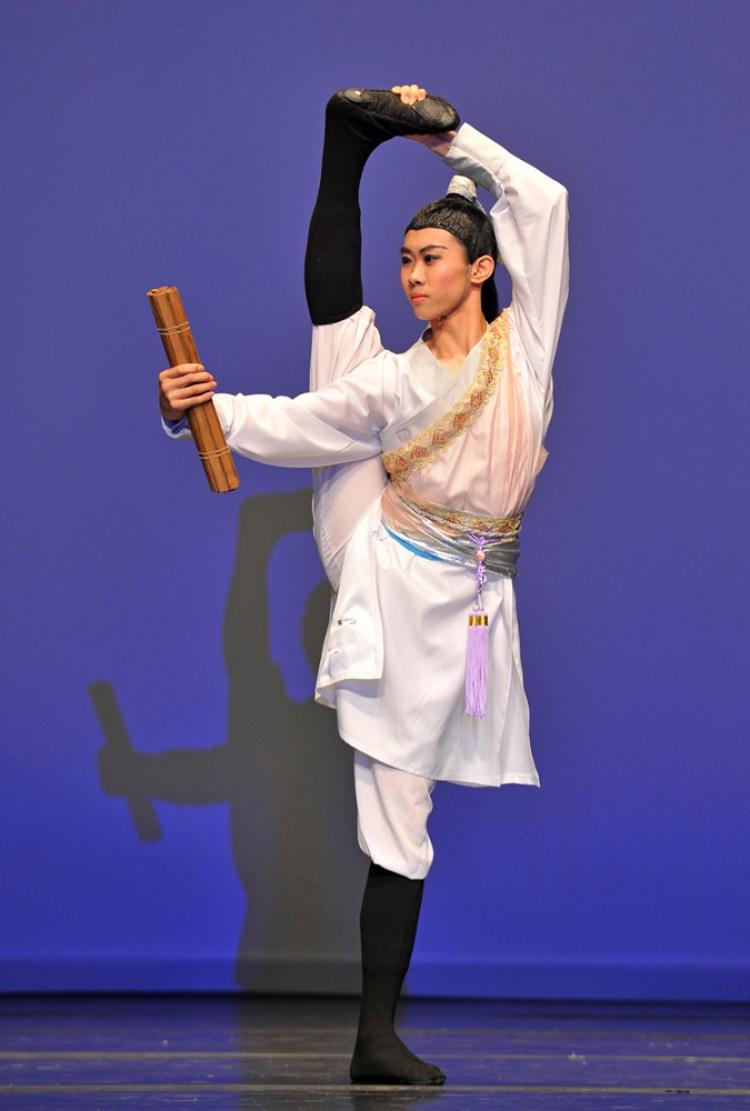Chinese Dance Competition Revives Ancient Art Form
Thirty-one finalists performed for the last time on Sunday in the third annual International Classical Chinese Dance Competition.

Tony Xue's dance performance 'Junior Han Xin,' an homage to the great historical Chinese General, earned him a share of first prize in the Junior Male competition. Edward Dai/ The Epoch Times
|Updated:



